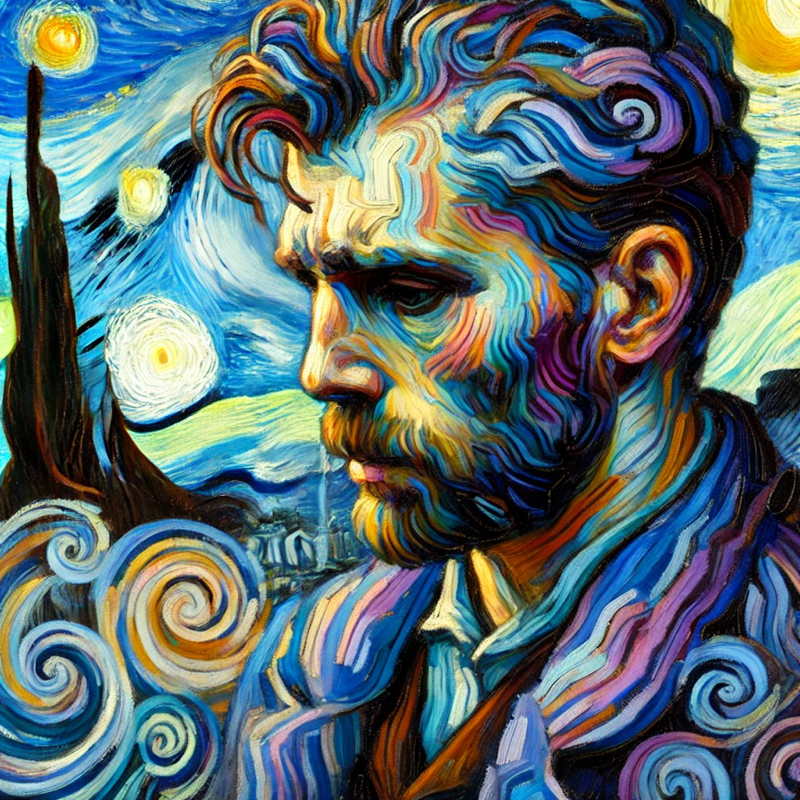Mickey Rourke’s Transformation and the Price of Reinvention
Mickey Rourke’s journey through fame, criticism, and reinvention reflects the cost of public scrutiny. His plastic surgery became a talking point, overshadowing his talent. Yet, he persevered, reclaiming his place in Hollywood. His story is one of resilience and transformation.

Introduction
Mickey Rourke’s career has been a testament to the unpredictable nature of fame. A talented actor and former boxer, he experienced both soaring success and devastating lows. In the 1980s, he gained widespread recognition for films like Diner (1982), Rumble Fish (1983), and 9½ Weeks (1986), where his intense performances and brooding charisma made him one of Hollywood’s most sought-after actors. However, his career took an unexpected turn when he left acting to pursue professional boxing, a decision that had lasting consequences on his personal and professional life.
Much of the public discourse around him has revolved around his physical appearance, particularly his plastic surgery. This scrutiny overshadowed his talent, making him an example of how societal expectations and media narratives can shape a celebrity’s image. His story is one of transformation, resilience, and the ongoing struggle between personal choice and public perception.
The Public Scrutiny Over His Plastic Surgery
During the height of his career, Rourke was often regarded as a Hollywood heartthrob, known for his rugged good looks and undeniable screen presence. However, after stepping away from acting to enter professional boxing, he suffered multiple facial injuries, including broken bones. To repair the damage, Rourke underwent a series of reconstructive surgeries, but instead of being seen as a necessary medical step, his transformation was met with intense public scrutiny.
The media latched onto his changed appearance as a point of ridicule, often reducing his story to a cautionary tale about plastic surgery. Instead of acknowledging the toll that boxing took on his body, tabloids and critics mocked his surgeries, portraying them as unnecessary or driven by vanity. Interviews and headlines focused on his altered looks rather than his personal struggles or attempts at reinvention. As a result, Rourke found himself socially and professionally alienated, with casting directors hesitant to offer him major roles.
How He Handled the Backlash
Despite the harsh scrutiny, Rourke did not retreat from the public eye. Instead, he confronted the issue head-on, openly admitting that he had undergone multiple surgeries—some of which were unsuccessful. Rather than letting criticism define him, he chose to focus on reclaiming his career through his craft.
His comeback role in The Wrestler (2008) was a defining moment. In the film, he played Randy "The Ram" Robinson, a washed-up professional wrestler seeking redemption, a role that mirrored his own life in many ways. His raw and heartfelt performance earned him critical acclaim, an Academy Award nomination, and, most importantly, a renewed respect from the industry and audiences alike. The role reminded the world that, beyond the controversies, Mickey Rourke was an actor of immense talent and depth.
Lessons We Can Learn
Mickey Rourke’s journey offers valuable insights into resilience, self-acceptance, and the impact of public perception:
- Society often values appearance over substance. The intense focus on Rourke’s physical changes distracted from his talent and personal struggles, revealing the superficial nature of fame.
- Personal choices are often judged through a limited lens. His surgeries were necessary for his recovery, yet they were framed as cosmetic vanity, showing how easily public narratives can be distorted.
- Comebacks are possible with perseverance. Despite being written off, Rourke’s return to Hollywood proved that talent and determination could redefine a person’s narrative.
- Authenticity matters more than perception. By embracing his past and focusing on his work, Rourke reclaimed his image on his own terms, reminding us that self-acceptance is more important than public approval.
Conclusion
Mickey Rourke’s story is not just about fame and reinvention—it is about perseverance in the face of relentless scrutiny. His career arc highlights how external judgment can overshadow personal battles, yet also how resilience and talent can carve out a new path forward. His ability to reclaim his narrative serves as a reminder that while the world may focus on appearances, true strength lies in the ability to keep moving forward despite the odds.
His journey remains an inspiring lesson in self-reinvention, making him more than just a Hollywood figure—he is a symbol of persistence and transformation.
